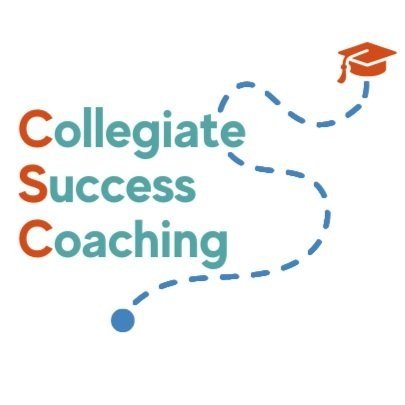Syllabus Mapping and Beginning with the End in Mind
Back in the day, one of my favorite productivity and quality-of-life gurus, Stephen Covey, coined the phrase, “Begin with the end in mind.” It’s so simple. Make sure you have a target, and visualize the look and feel of your outcome so that you can plan exactly how you will achieve it.
College-level coursework has never been more in need of “beginning with the end in mind.” A course syllabus has more information, instructions, deadlines, resources, and policies than a corporate training manual. Most college students have four or five of them to read, dissect, and understand. Yet many students blow right past this important step toward creating the end result they so desperately desire, which is to get a good grade in the class.
College students are learning very quickly -especially in the age of Covid and online learning -that navigating a college semester successfully requires a strategic plan. This is why I recommend and assist my clients with “Syllabus Mapping,” a powerful academic planning technique that breaks down deadlines, requirements, and access points for each course, and puts them all in one place for visibility and planning. Many college students, whose brains are still developing higher order planning and execution abilities simply cannot see the value of this kind of perspective until they see their course requirements mapped out. In fact, the prefrontal cortex in people under 25 may be unable to comprehend the 14-15 week marathon it needs to run. The college semester (or quarter for my West Coast clients) has a fairly predictable rhythm and pattern, much like a marathon course has hills to climb, downhill breaks, obstacles to maneuver, and a final chute to push through. “Seeing” the course in advance and knowing how to prepare for and anticipate each section brings tremendous purpose and intention to the process. This visual can help them pace themselves, and can bring the stress of exams way down, as well. When we’re fully prepared, we’re far more relaxed.
Syllabus Mapping Method
Select your mapping tools. I use and recommend Google Calendar, Google Tasks, and Google Sheets for this process.
Populate a calendar with recurring events for each class (meeting time and day). Then, populate other standing events, including work, sleep, and self-care. The student can then see the “white space” throughout the week that becomes their time to prepare for classes, read, complete homework assignments, and review weekly course materials.
For online courses that do not have an assigned meeting time, also known as asynchronous courses, the most powerful thing a student can do is to assign and schedule two to three sessions in their week to “attend” class. Treating an asynchronous class exactly like an in-person class will provide consistent progress,motivation, and help prevent procrastination issues. For a class that is more dense in reading, I recommend a MWF, 55-minute per session slot. For courses that require longer periods of concentration, assign TTH, 75-minute session slots.
For each course, assign one to two, 60-to 90-minute reading blocks of time per week and two to three, 20-to 30-minute review and retrieve blocks. Think of these sessions as cognitive training. This kind of consistent effort solidifies the in-class learning.
Next, take one syllabus at a time and look closely at the course schedule; create an event deadline in the calendar for each homework assignment, test, project, paper, lab, discussion post, or quiz. This sounds horrible -- a bit like data entry hell, even -- but it goes more quickly than you might think, especially if you break it into blocks, entering one course at a time over the first week of class. Clients who learn to do this themselves find it quite powerful; it puts them in control of their time and keeps them in the know about what is expected in each class.
Students are then able to see the weeks of the semester when several assignments and tests are due (the hills in our marathon analogy), the overlapping deadlines for equally important assignments in different classes that all seem to converge on one week, or even on the same day. This can be both scary and exhausting for students, but seeing these spikes generates the need to identify start dates well in advance of due dates. Moving from what is urgent to what is not yet urgent but equally important takes the peak off of the spike (the uphill climb) and helps to manage stress, something that is absolutely critical for students to learn to succeed in college. Knowing how to do this creates a new imperative to study (or train) throughout the semester rather than trying to cram, which the brain hates anyway.
After all syllabi are mapped with deadlines and the weekly study schedule is established, it’s time to show up for the seatwork, the daily commitment to the small but necessary actions that create the end that each student imagines. Beginning with the end in mind, and planning your path all the way to the end is like using a perfectly marked map. You get where you’re going! Don’t let your student -- or yourself -- end up three states away from your destination.

